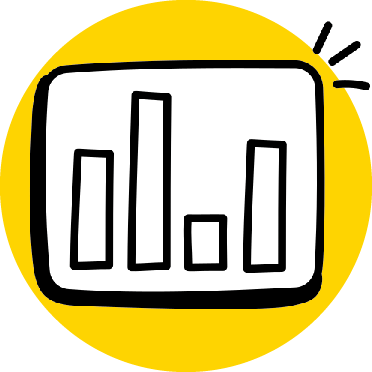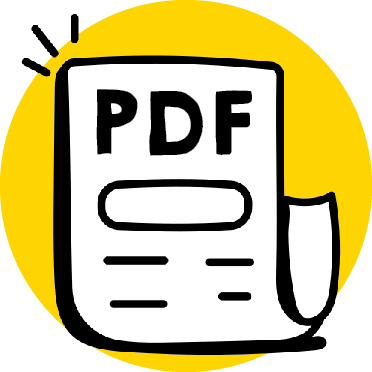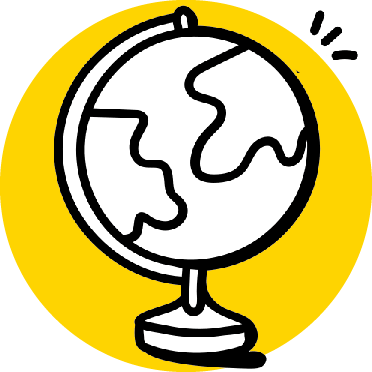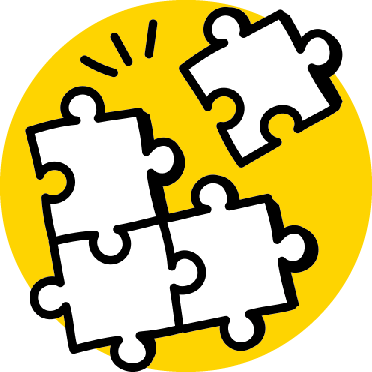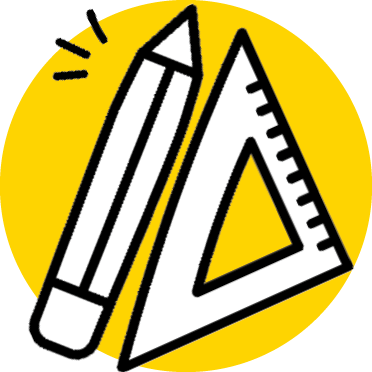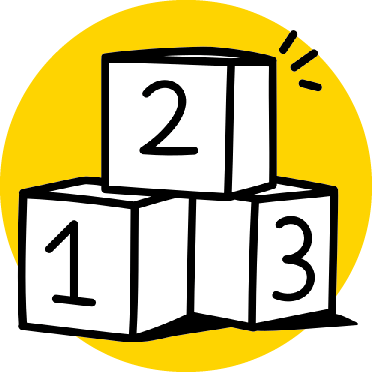How can I use this resource?
This printable resource is an exciting way for kids to learn about the bones and structure of their own bodies. Simply print out the templates on individual sheets of paper and follow the easy instructions to assemble the posters. Each poster is composed of 24 separate sheets and make a perfect group activity. Once assembled, kids can color the posters to make them uniquely their own and even label the different bones using the included tags.
What does this resource contain?
"The Human Skeleton" resource includes all the printable templates you need to create a boy and girl skeleton poster. Each poster measures a fantastic 55 inches in hight, providing an immersive and visually striking representation of the human skeleton in children's size. The templates are thoughtfully designed and divided into individual sheets for easy printing and assembly. Additionally, the resource includes labeling tags to help kids identify and learn about the various bones of the skeleton.
Labbé GmbH
Walter-Gropius-Str. 16
50126 Bergheim
Germany
hello@labbeasy.com
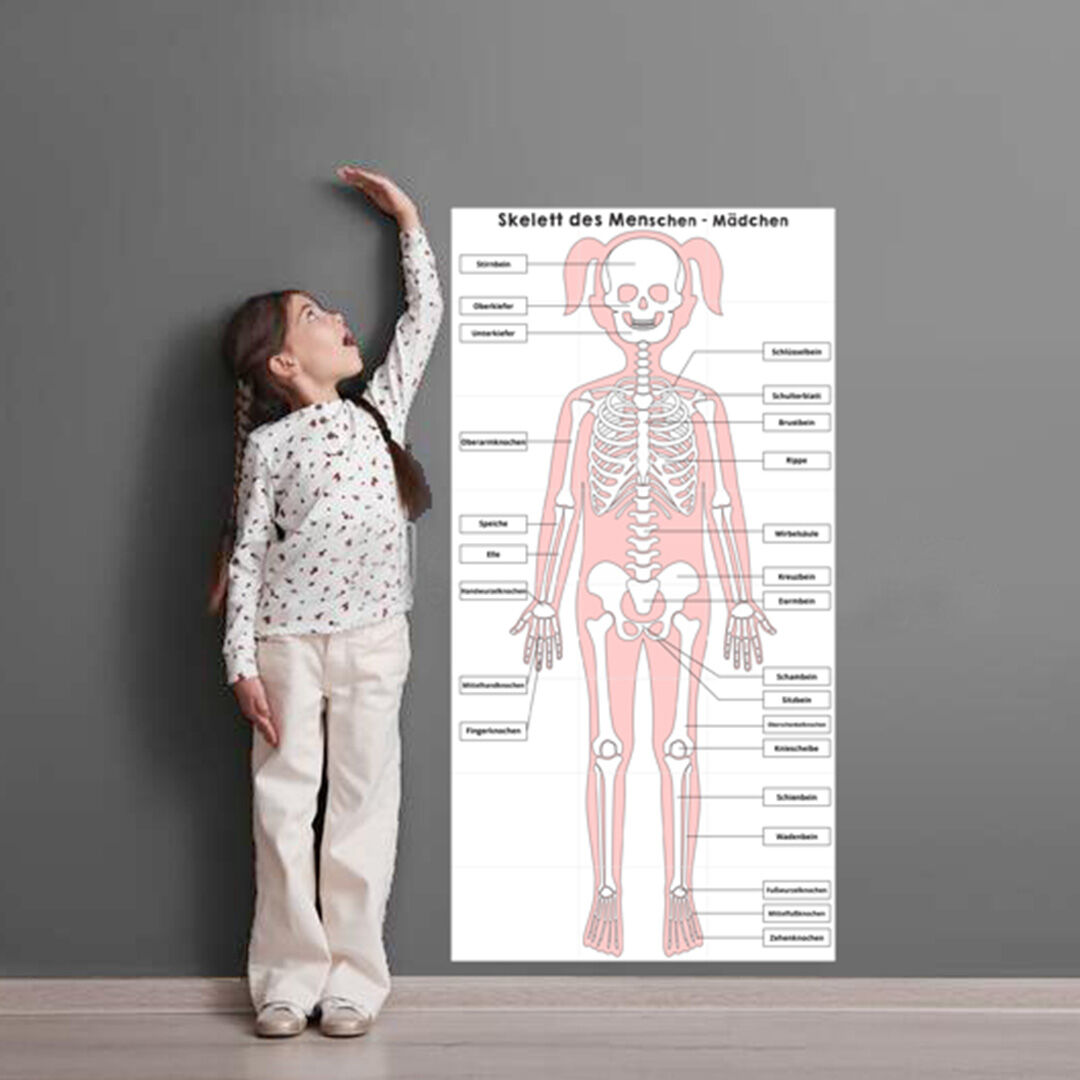
The skeleton is the framework of the body - it gives the body support, carries its weight, and protects the delicate internal organs. The skull protects the brain, the chest protects the heart, lungs, and liver, and the pelvis protects the reproductive organs.
A human being has 350 bones when they’re born. Later on, some bones grow together so that an adult human has fewer: roughly 206 bones. Humans have seven cervical vertebrae - the same number as a giraffe. Half of the bones are in the hands and feet, which make very fine movements possible.
Bones are rigid, but – because of the joints - very mobile. Where two bones meet, they form joints. Humans have roughly 100 joints.
Exercise is good for the bones - sport makes your bones harder and stronger. The body also needs vitamin D (which we get from direct sunlight) to build bones. So, if you want a strong skeleton, get out in the sun and do lots of exercise!
How to Make the Poster
Step 1
First print pages 12 - 34 on white printing paper.
Step 2
You can color in all the bones in the same color - light yellow, for example. Alternatively, you can only color in the surrounding body parts. The important thing is to create a contrast so that you can see the skeleton well.
Step 3
Cut out the colored-in sheets along the dotted cutting lines and sort them - each letter in a separate pile. Then sort them by number so that 1 is on the top and 3 is on the bottom.
Step 4
Glue all of the A-sheets together. To do this, apply glue to the long glueing tab on the right side of sheet A1 and glue the adjacent sheet A2 onto it so that the left cutting edge lies directly on the solid glueing line. Then glue A3 to A2. Repeat the same with the next rows B - H.
Step 5
Now glue the upper edge of row B to the glueing tab on the lower edge of row A. Then glue row C to row B and so on until all rows are glued together. Your poster is finished!
Step 6
You can also label the skeleton. To do this, cut out the skeleton labels on pages 7 - 10 and glue them on. On page 11 there are blank labels for additional parts.
Step 7
On pages 5 and 6 there are full diagrams of the skeleton, with and without labels, that you can use to learn and memorize the different parts.



